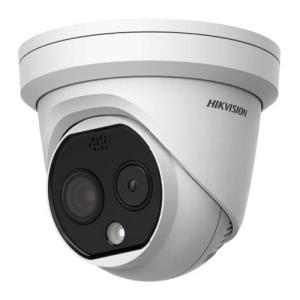Types of biometric devices
Facial recognition readers
The versatility of face scanning technology means they can often be found in different devices and applications such as biometric readers and smart readers.
Readers verify a person's unique physical attributes such as their face or eyes to positively identify someone before granting access.
These are completely touchless, so they can provide a no contact option for access control. They are usually placed at entrances and checkpoints. Most readers can often work with existing building systems and infrastructure.
Fingerprint readers
Fingerprint readers offer a cost-efficient solution for biometric identification. They measure fingerprint characteristics with identity technology that uses optical, ultrasound sensor or capacitive technology to match and verify a person's identity to one in the system's database.
They can be used to restrict or grant access to classified information and physical locations within any organisation. As no password or data entry is required to use fingerprint systems, they are very difficult to hack and often a great option for businesses that are looking to increase their security. However, as the user must place their finger on the device, they can not be classed as a touchless system.






